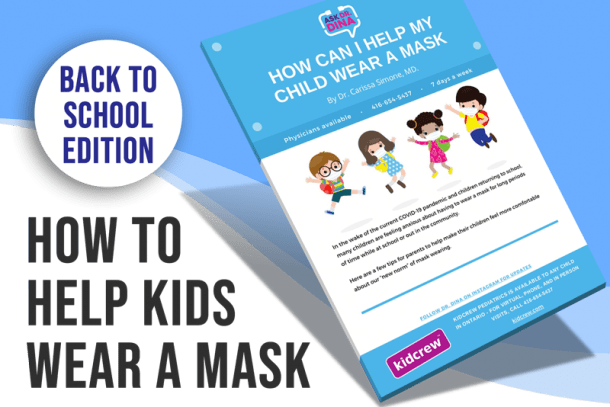For diabetics, foot care is incredibly important. You can teach your diabetic child to care for their feet and instill good habits that will serve them their whole lives.
November is Diabetes Awareness Month, and as a foot specialist, this is a topic that is very important to me. Caring for people with diabetes is a big part of my practice. Being in private practice, most of the care I provide is preventative. Education. I’m arming diabetics with the information the need to keep their feet healthy, feeling good, and active. Sometimes I’m arming them with information just about keeping their feet.
It is true that most of the diabetics I see are older. However, children can be affected by diabetes, too, and good preventative care will keep their feet in good condition as they grow older.
If someone has diabetes, they can develop something called neuropathy. Neuropathy happens when you have lost the sensation in your hands and feet. These people cannot feet pain. These people cannot feel a shoe rubbing if it doesn’t fit properly, if they step on something sharp, if their bath water is too hot, or if a toenail is digging into their skin. These are all ways that an injury can happen and can lead to an infection.
Whether neuropathy has set in or not, and no matter the age of the diabetic, good foot care is important in order to prevent something more serious from occurring.
The best preventative measure for a diabetic is to get into the habit of checking their feet daily.
They should be looking for any signs of an infection (redness, swelling, pain, pus) or injury. They need to become familiar with their feet so they know if something doesn’t look right. When they are wearing a new pair of shoes for the first time, they should look for any signs that shoe is rubbing because it can lead to a callous, corn, or open wound (ulcer).
All shoes should be comfortable and supportive.
They should fit properly, and they should be replaced on a regular basis (about every 6 months to a year). Diabetics should also get into the habit of checking inside their shoes before they put them on their feet to make sure nothing sharp or small has fallen in there. You’d be surprised at some of the things foot specialists have found in shoes!
Feet should be kept clean and moisturized.
Feet should be washed on a daily basis with soap and water. This helps to rid a lot of the bacteria that develops on our skin each and every day. If an injury should occur, keeping a clean foot environment will help prevent bacteria from getting in the wound and causing and infection. Make sure that feet are dried thoroughly after washing. Pay special care to dry in between toes. Too much moisture in between the toes can cause the skin to soften too much and break down, letting athlete’s foot or other skin infections develop.
It is also good preventative care to keep the skin moisturized with a good foot cream. The skin on the bottom of our feet is about ten times thicker than the skin on the rest of our body, so a hand and body cream usually doesn’t cut it. Look for products that are made specifically for the feet such as Uremol or Dermal Therapy, which can be found at the pharmacy. Your local foot specialist might carry a specialty cream too. It is recommended to moisturize the feet on a daily basis. Keeping the skin soft and supple helps prevent cracks and dryness, but remember not to put any cream in between the toes for the same reason we want to dry in between the toes – we need to keep the skin there healthy.
Toenails should be cut straight across.
If someone has difficult nails, or they can’t see or reach their nails, they should be getting regular care from a Chiropodist. Ingrown toenails, fungal nails, thick nails, or damaged nails can all be a potential problem and should be cared for properly.
Socks should be worn on a regular basis.
They should be white or light in colour, seamless, and not too tight around the top. Socks provide a great barrier between the foot and the shoe to prevent friction and bacteria.
Never walk barefoot.
The last foot care tip that I want to mention always seems to be the most difficult habit for people to change. Since a lot of diabetic care is about prevention, by wearing shoes on a regular basis (yes, even in the house!) you are preventing a lot of injuries. Shoes will protect your feet if you stub your toe or step on something sharp. Shoes will protect your feet if you drop something heavy on them. If any of these things happen (even if there is feeling in the feet), and they didn’t have shoes on, they didn’t properly prevent that injury from happening.
So, if any of your children have diabetes, start getting them into good foot care habits now while they are young. Make sure they start taking proper care for their feet now, because prevention is key to a long and healthy foot life.











